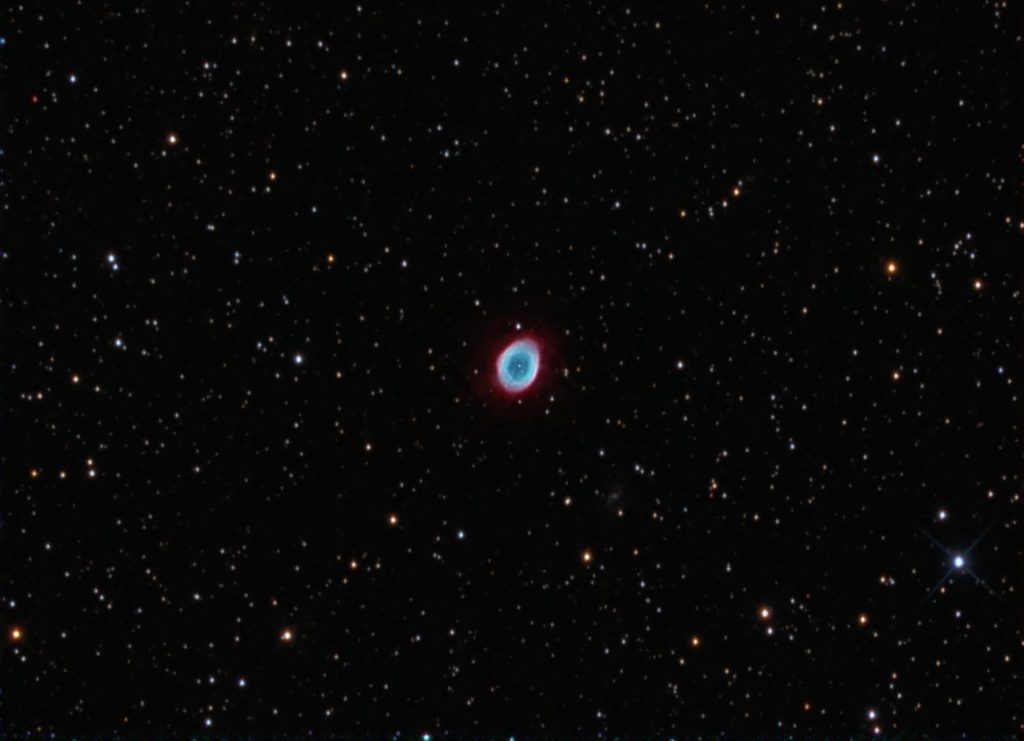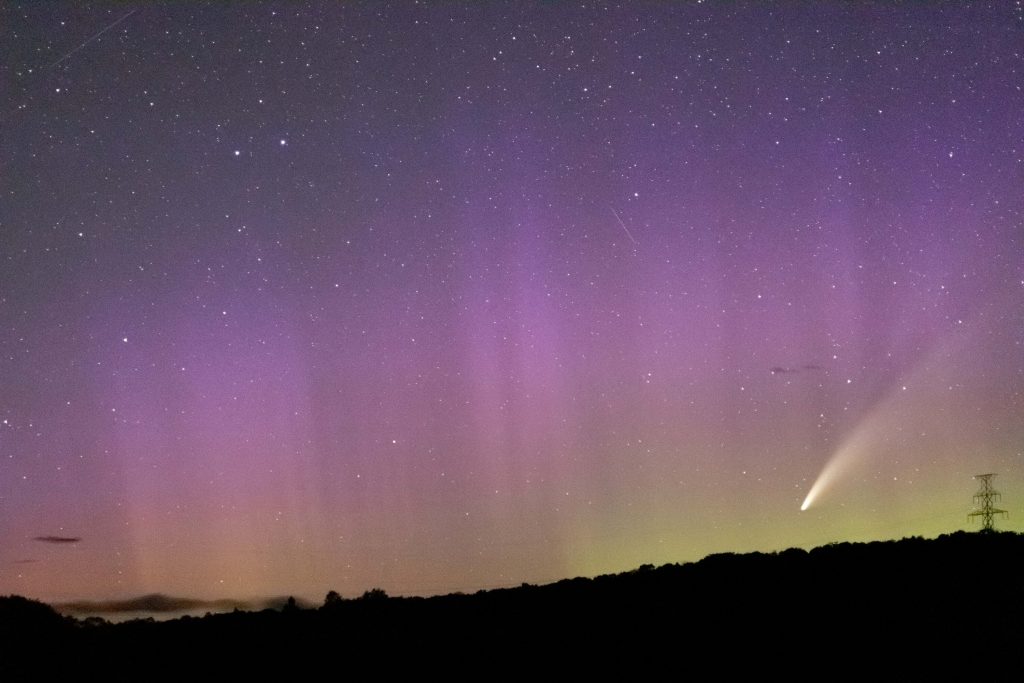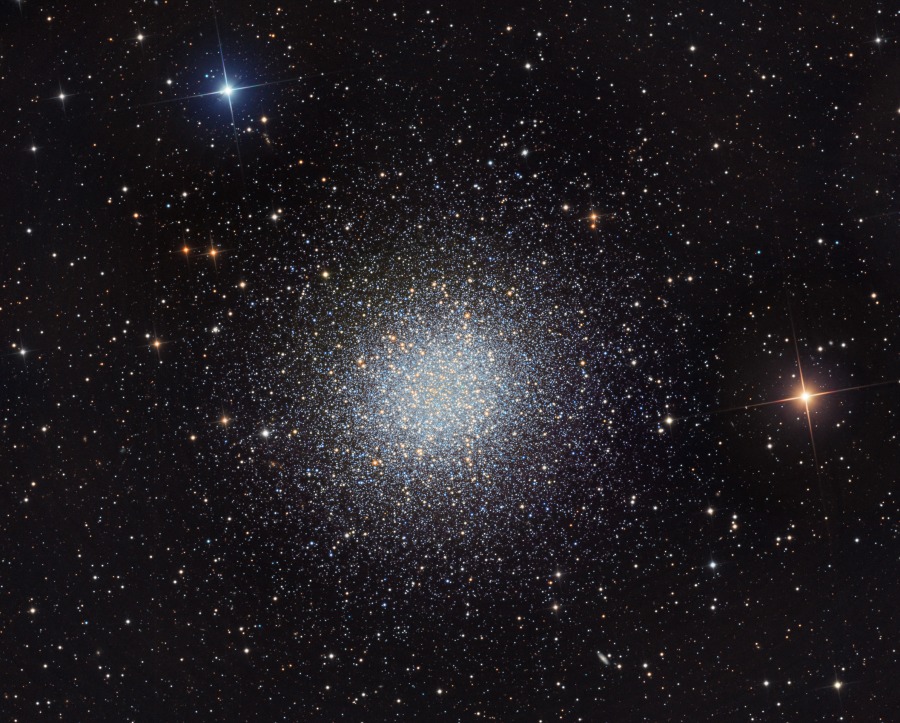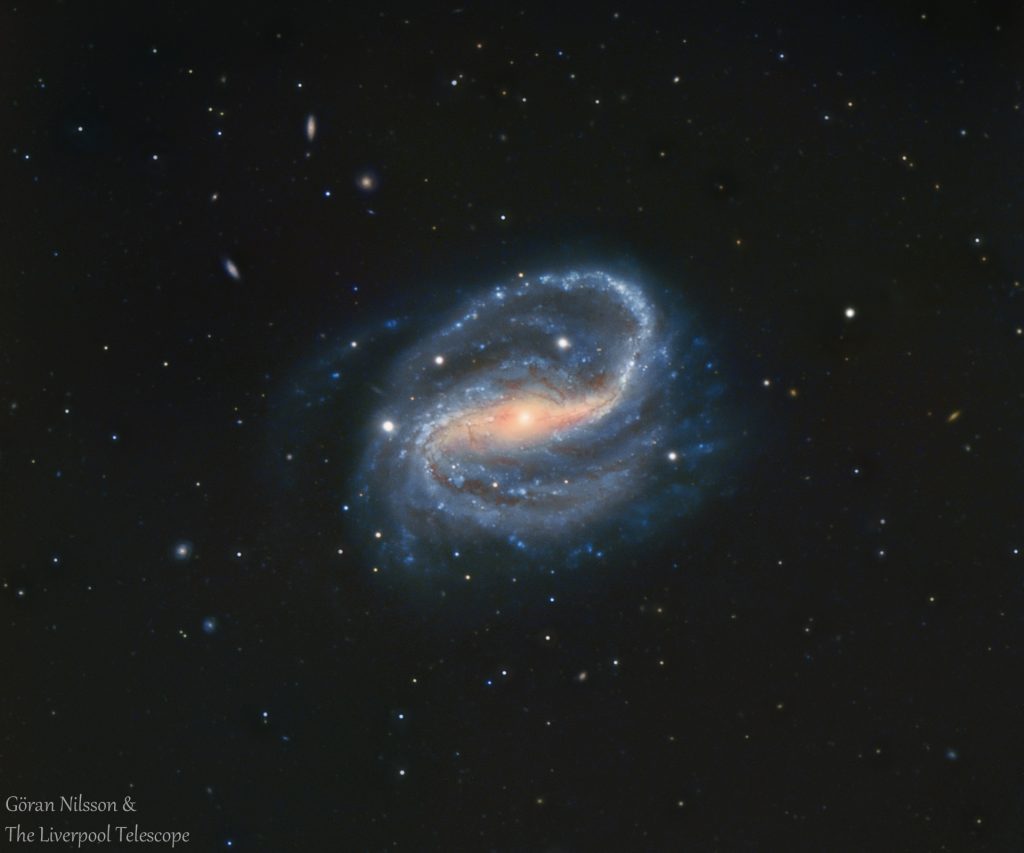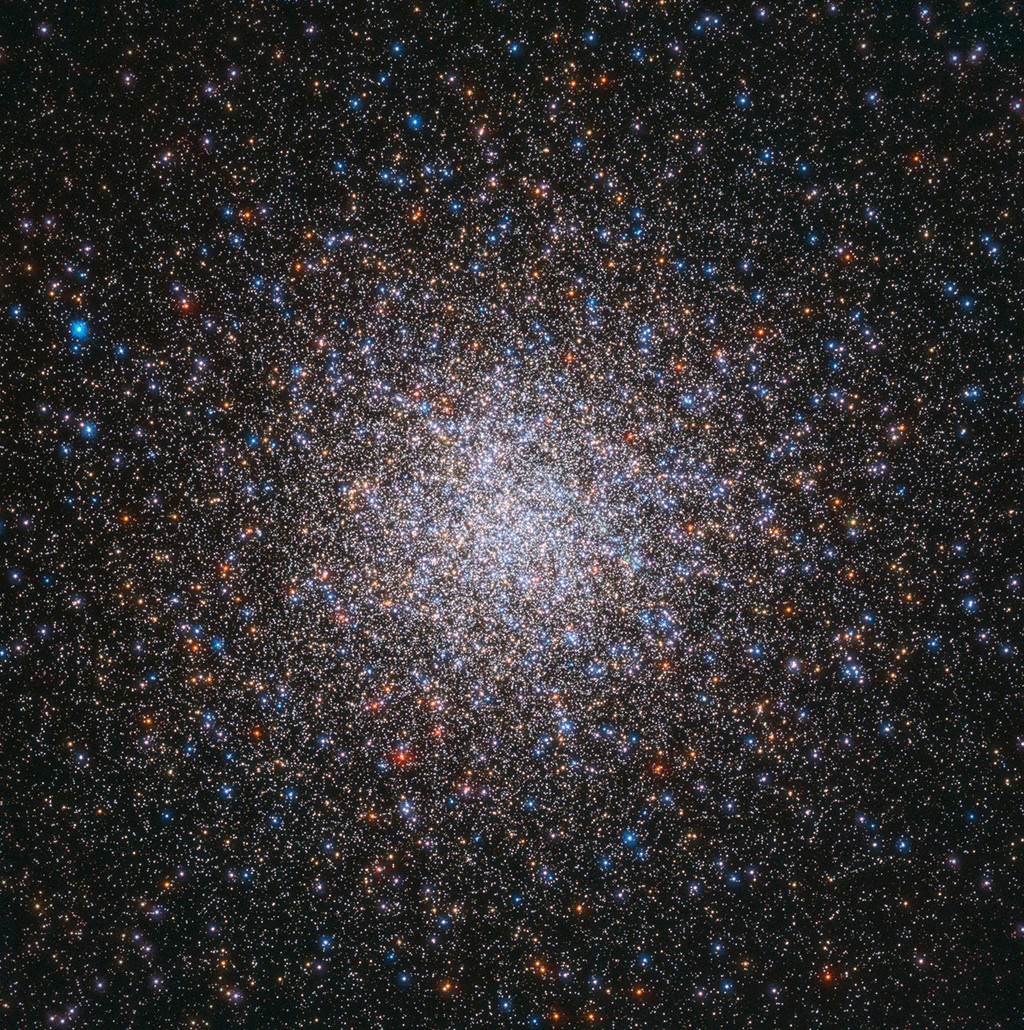Venus Blazes Before Dawn, Mainly Moonless Evenings Showcase the Harp on High, and Mars Joins Jupiter and Saturn for Evening Planet Peering!
The Ring Nebula, also known as Messier 57, in Lyra is visible in backyard telescopes as a small, grey ring. This image was taken by Ron Brecher of Guelph, Ontario on July 25, 2012. Ron’s gallery of astro-images can be accessed at www.astrodoc.ca Hello, August Stargazers! Here are your Astronomy Skylights for the week of…
Read more
